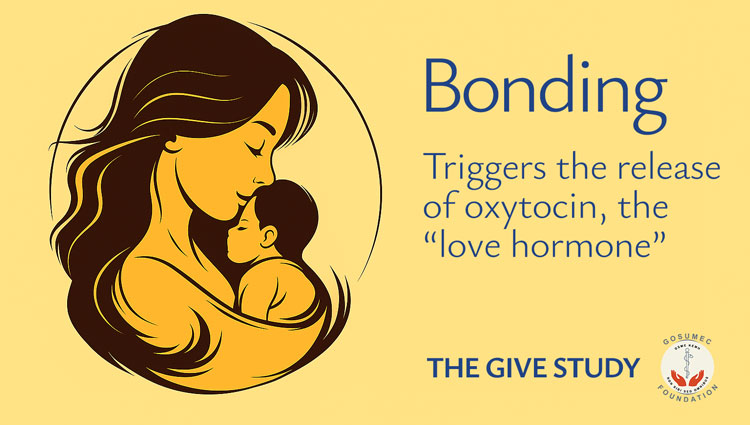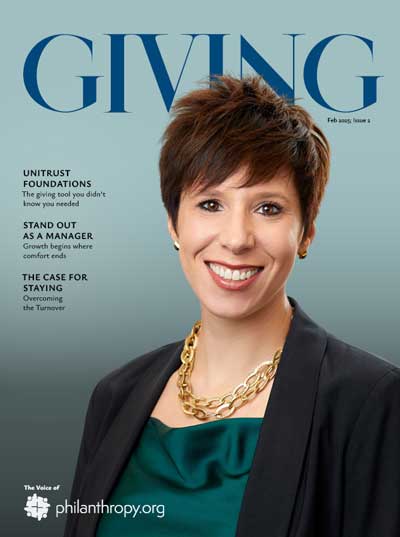
Neuro-Philanthropy: From Dopamine to Oxytocin
Philanthropy has mastered urgency — the dopamine-fueled rush of campaigns and instant action — but sustainable giving requires something deeper: relationship. Neuroscience shows that while dopamine sparks generosity, oxytocin sustains it by building trust, belonging, and identity. When nonprofits move beyond transactions and cultivate connection, donors shift from one-time givers to long-term partners — and ultimately to legacy supporters. The future of philanthropy lies not in louder appeals, but in nurturing relationships that endure and compound over time.









